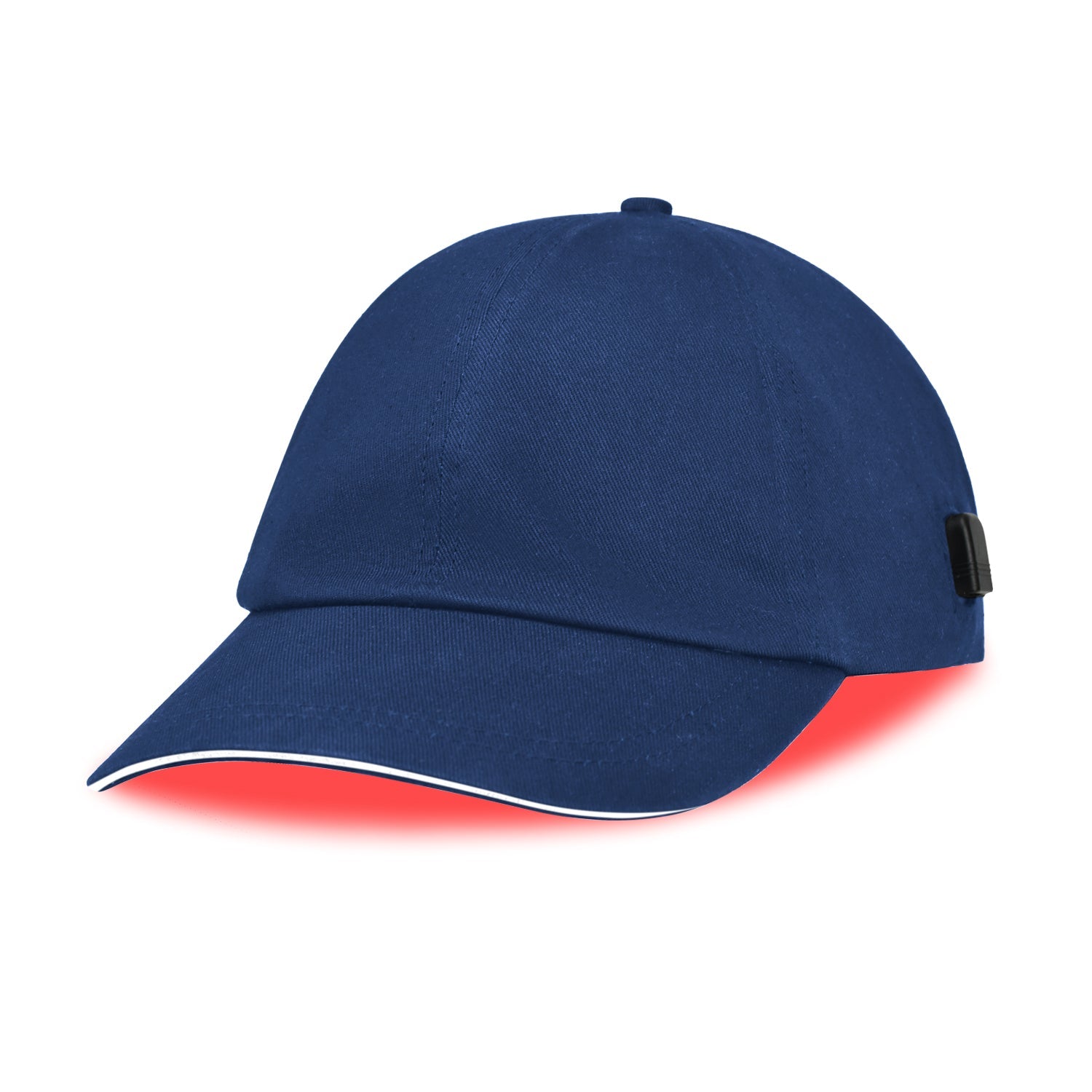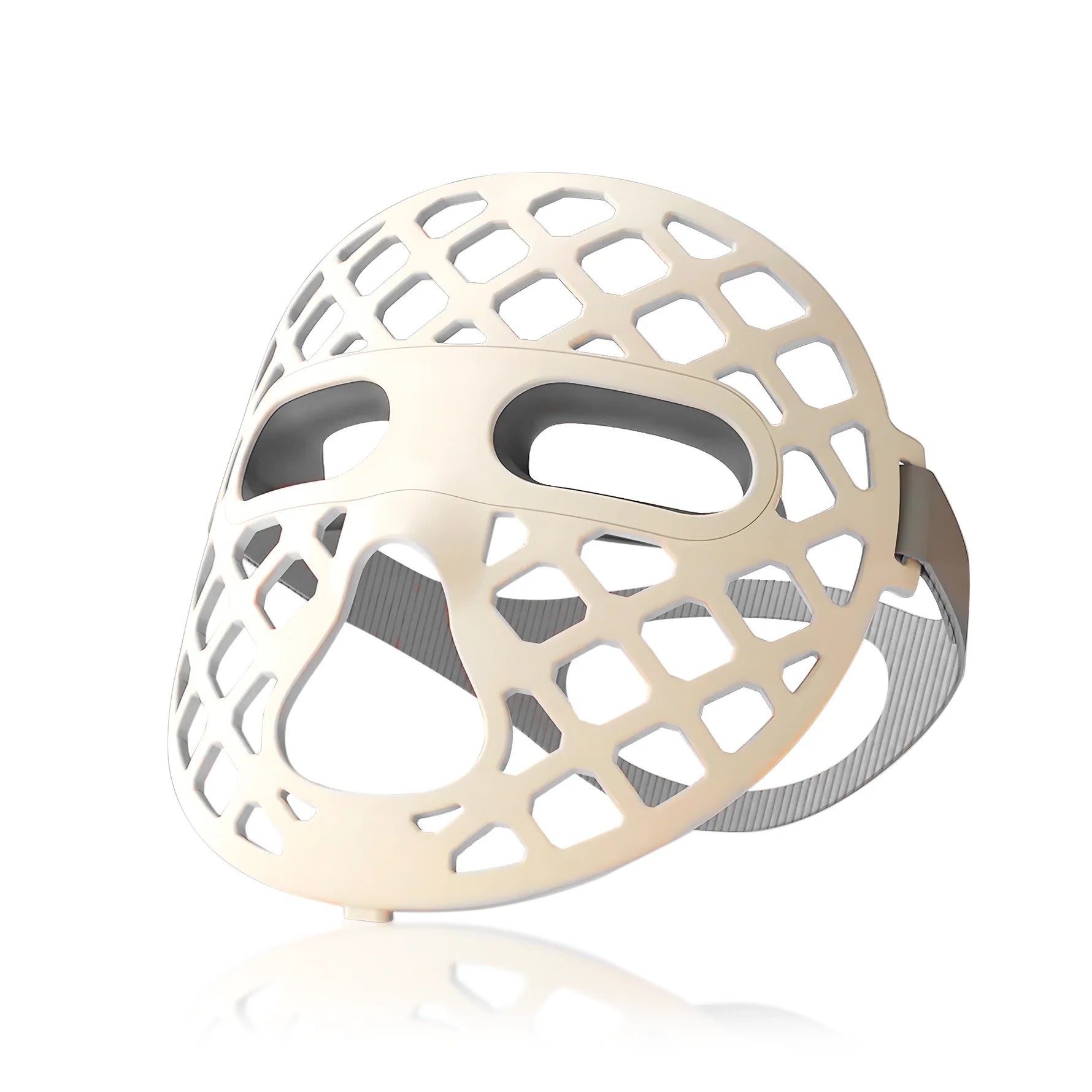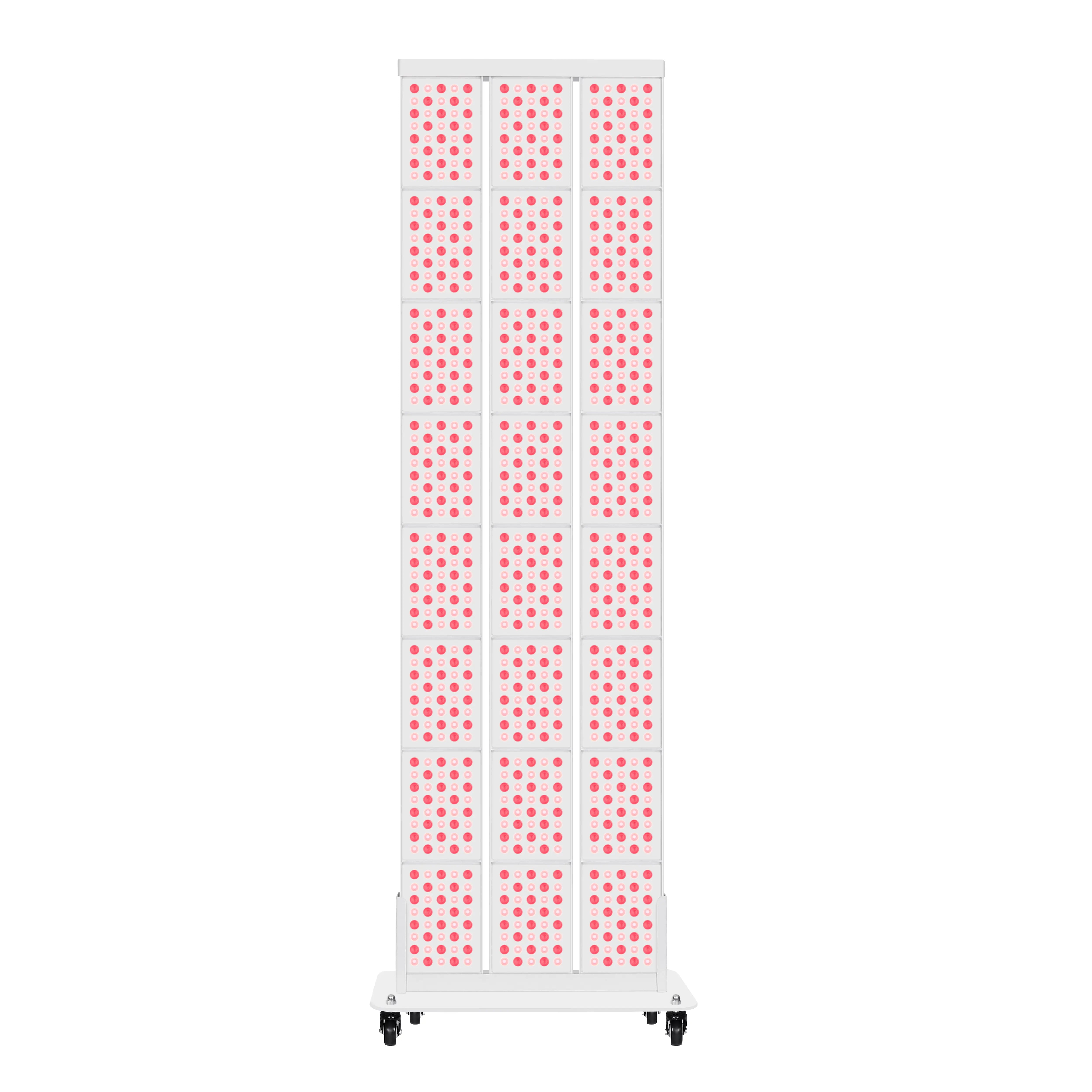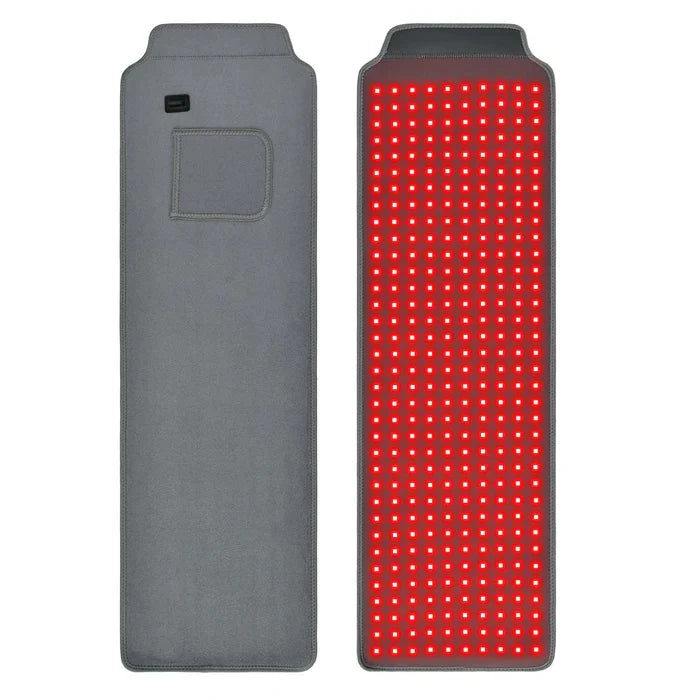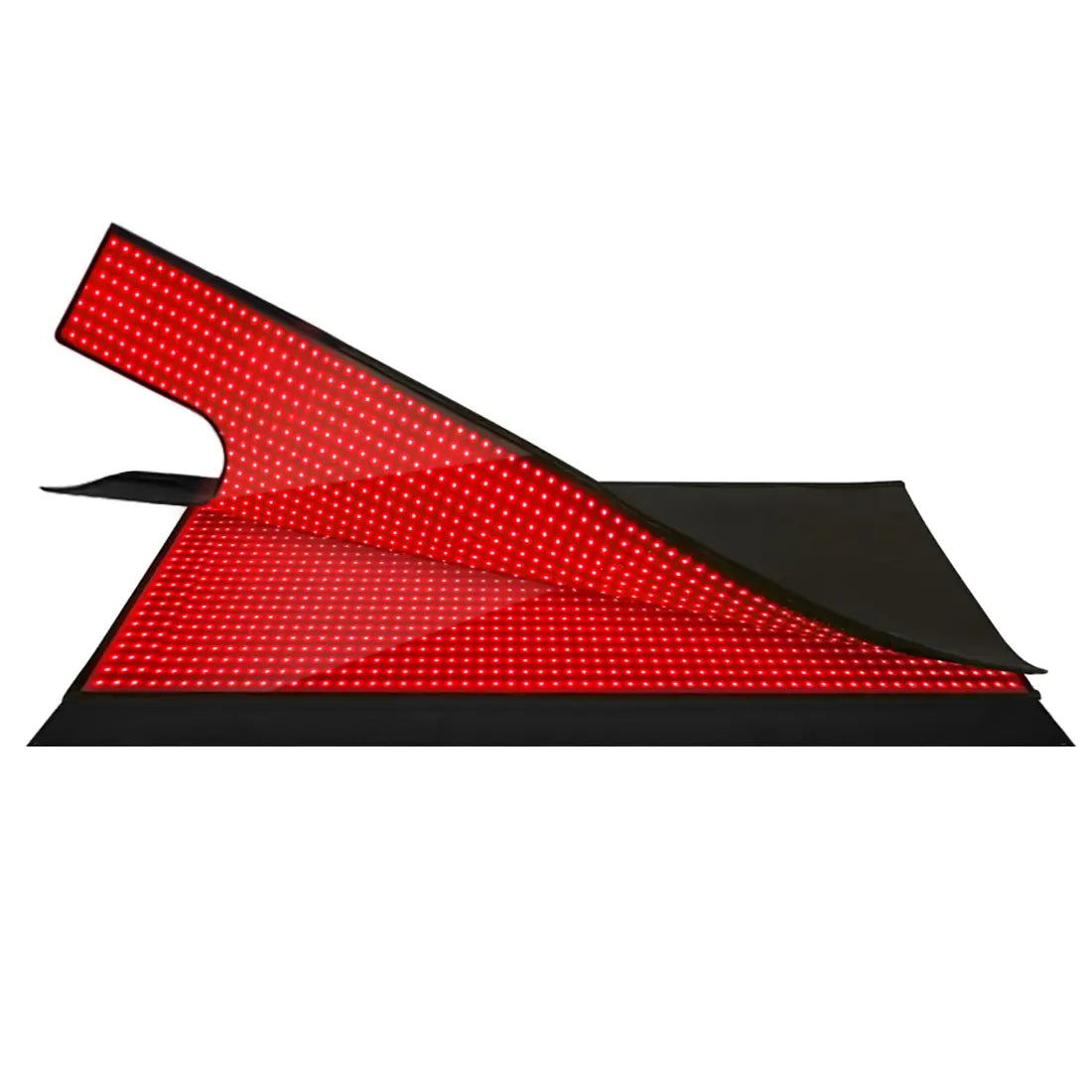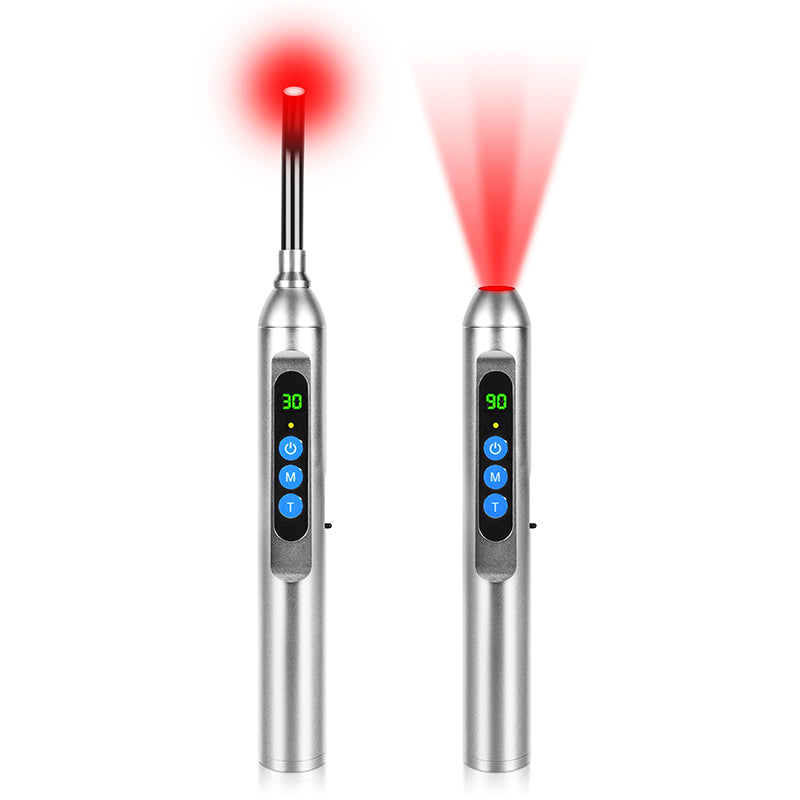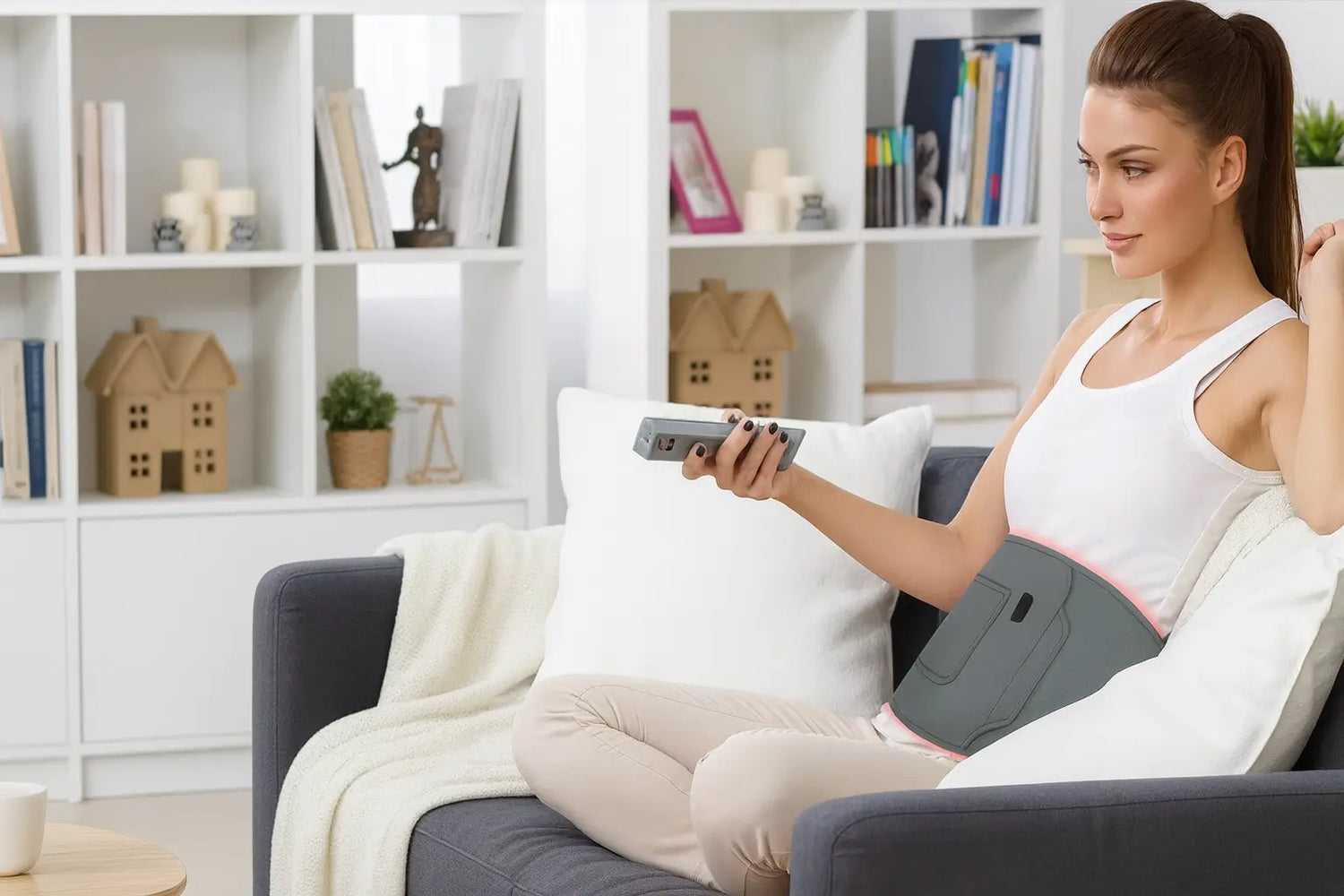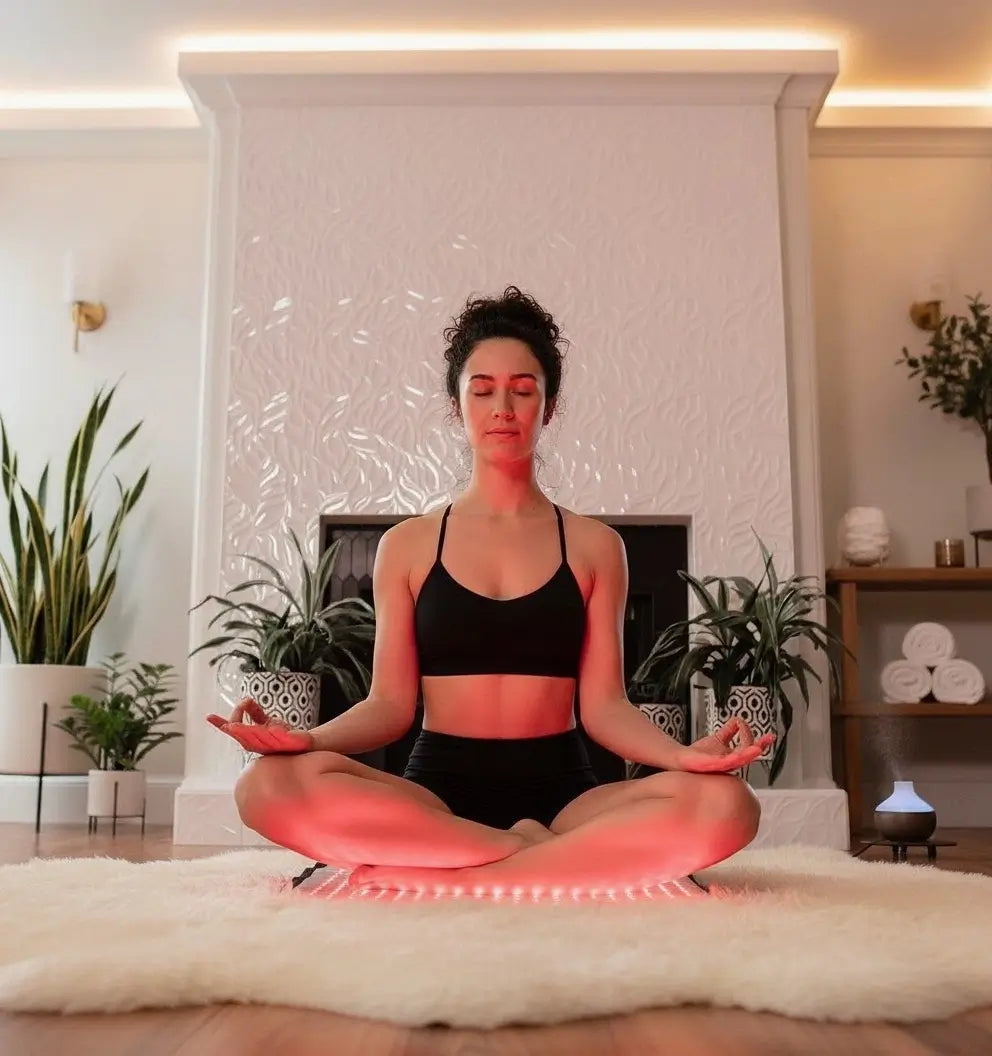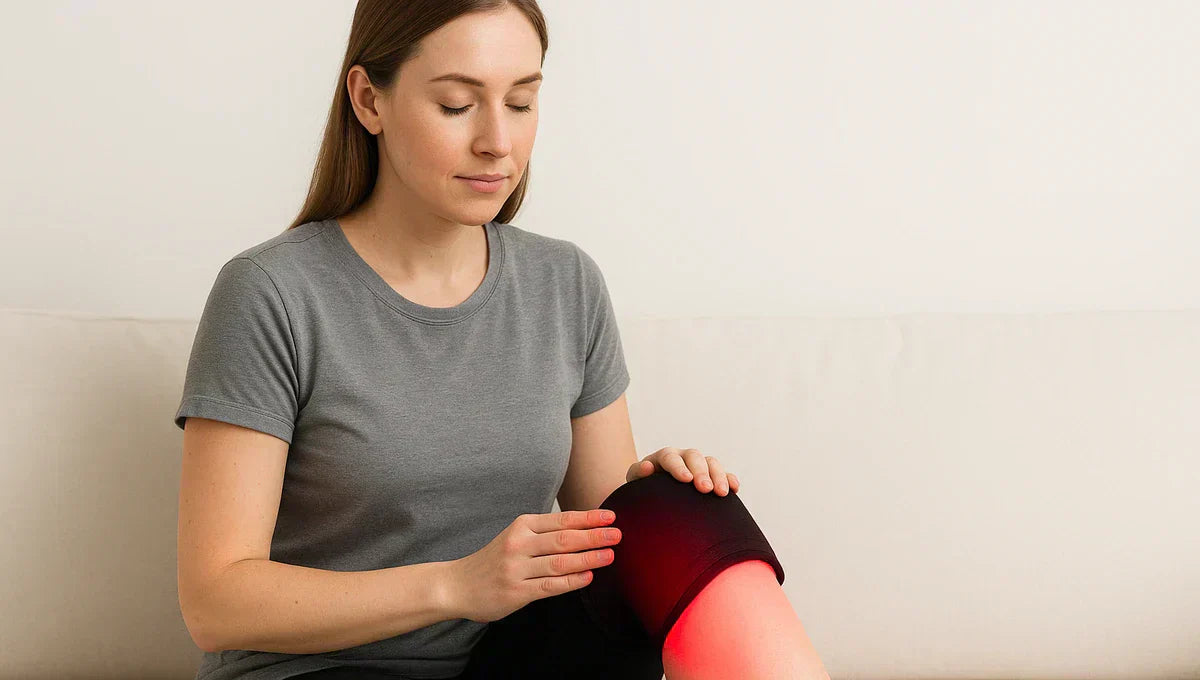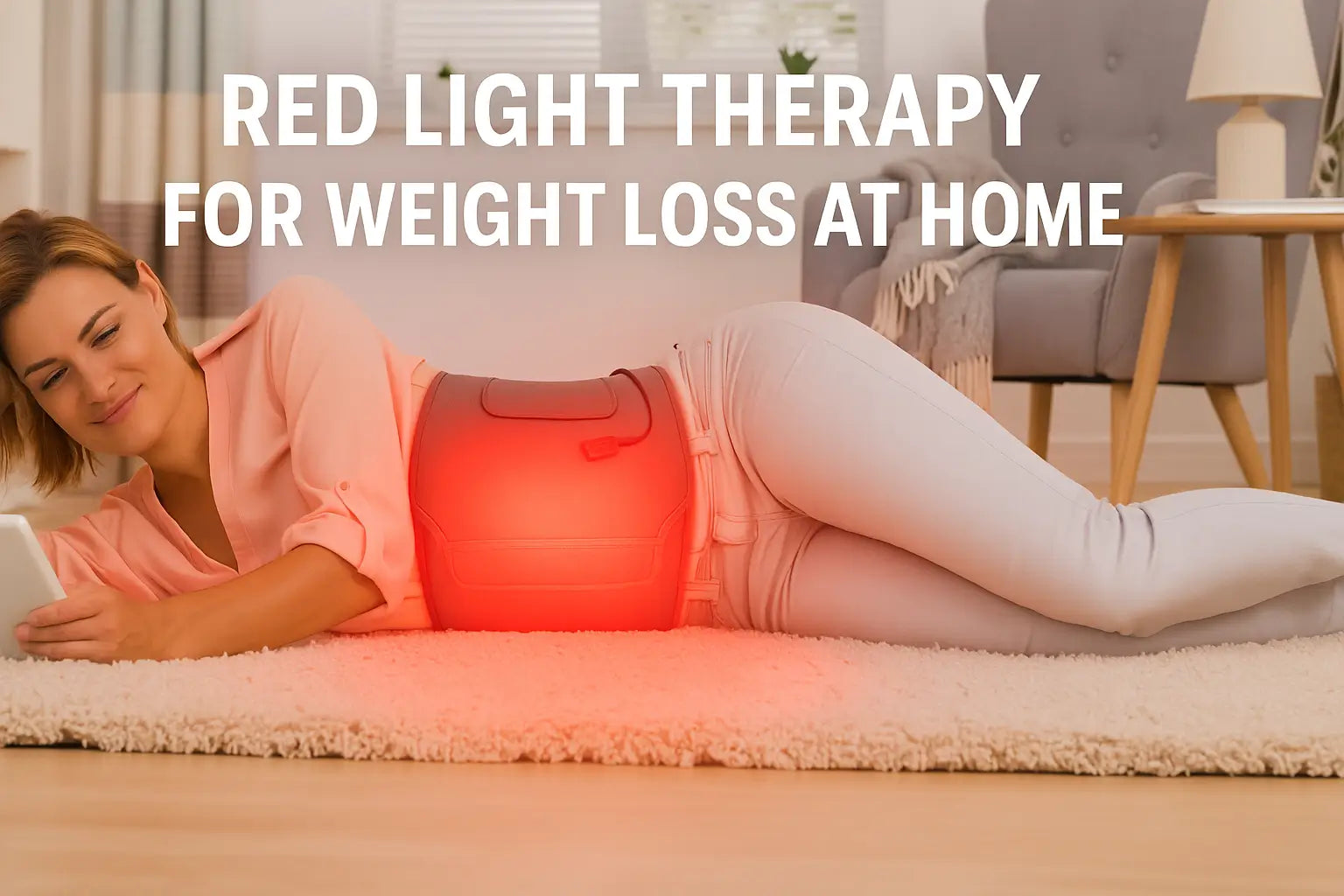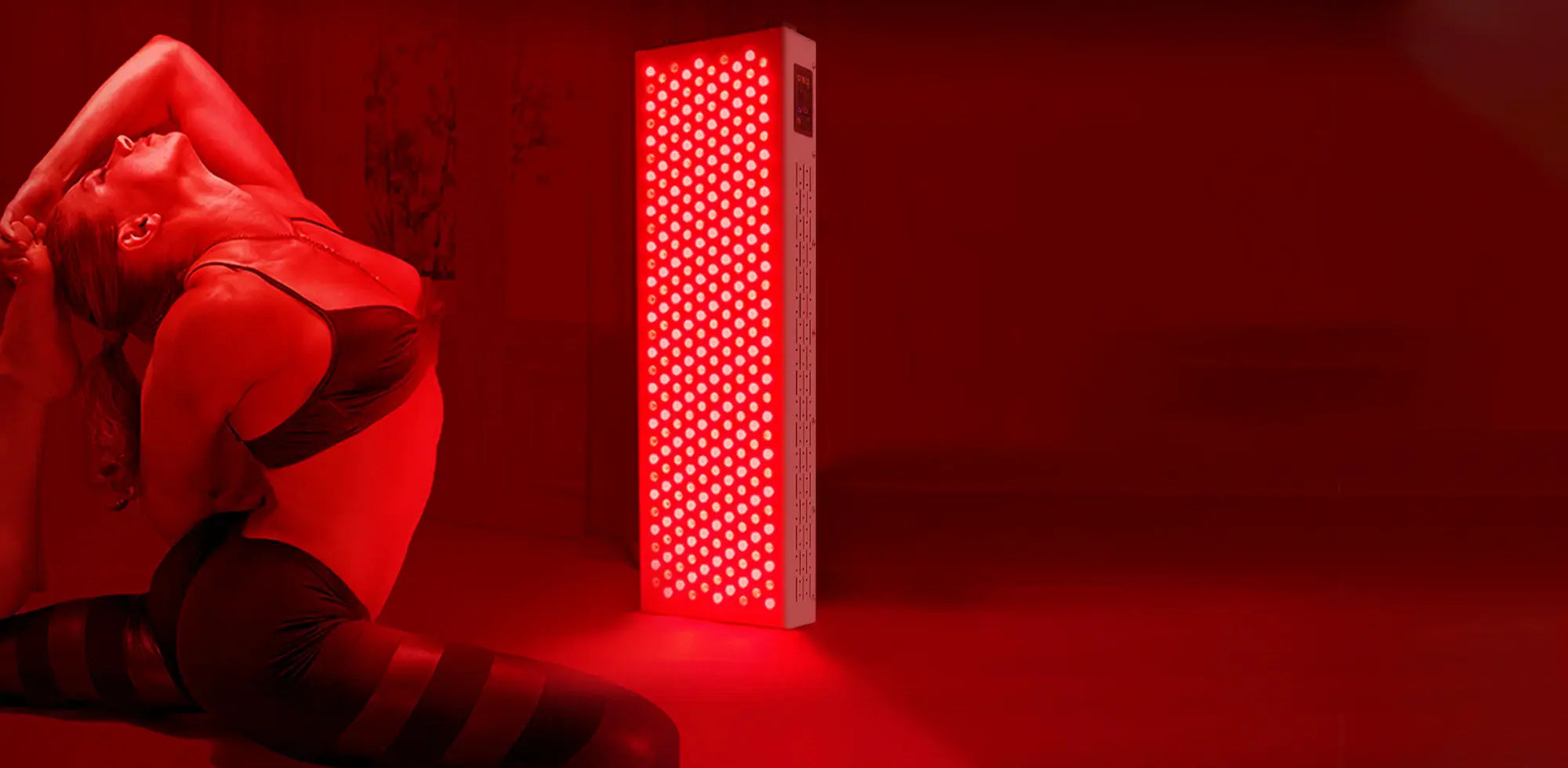Many people want a morning routine that feels simple and still moves body fat in the right direction. The 30-30-30 fat loss rule looks appealing because it reduces decisions and gives a clear start to the day. This article shows how to use it, how to judge its limits, and how to plug it into a plan that actually delivers results. You will also see where a red light therapy panel or a red light therapy belt fits in, especially for recovery and habit sticking, and what to know if you are exploring red light therapy to lose weight.

What Is the 30-30-30 Fat Loss Rule and Where Did It Come From?
It is a morning framework: about 30 grams of protein within 30 minutes of waking, then 30 minutes of low-intensity cardio such as brisk walking or easy cycling. The idea spread across social media because it removes breakfast guesswork and gets people moving. If it fits your schedule and helps you manage calories, the 30-30-30 fat loss rule can play a role; if it does not, you can place the same pieces later in the day and still progress.
Does the 30-30-30 Fat Loss Rule Work?
Yes, it can help when it improves appetite control, daily movement, and overall adherence. Results still come from a calorie deficit and consistent training. Use the pros and cons below to judge fit.
Pros
- Simple and accessible. One clear morning script lowers friction and boosts follow-through.
- Protein up front. About 30 grams at breakfast supports fullness and protects muscle in a calorie deficit.
- Daily movement. Low-intensity cardio builds consistency and supports recovery for harder days.
Cons
- Rigid timing. Fixed windows do not suit every schedule or appetite. Consistency matters more than the exact clock time.
- Limited evidence for the exact combo. The pieces help, yet the 30-30-30 formula is not proven superior to other routines.
- One-tool plateau. Progress still depends on total intake, resistance training, sleep, and stress control.

Verdict: Use the 30-30-30 fat loss rule as a helpful morning habit when it fits your life. It should support the plan, not replace the plan.
What Plan Actually Drives Fat Loss Long Term?
The goal is steady fat loss while protecting lean mass. Pair simple food rules with measurable activity targets, then layer recovery so you can repeat the work tomorrow. The 30-30-30 fat loss rule can sit inside this structure when mornings suit you.
Eat
- Create a modest calorie deficit. Many adults do well with a reduction of 500 to 750 calories per day, aiming for about one to two pounds per week.
- Spread protein across meals. Most find 25 to 35 grams per meal easier to sustain.
- Build meals from whole foods. Lean proteins, vegetables, fruits, legumes, whole grains, nuts, and seeds keep energy density reasonable.
- Plan two smart snacks. Pair protein with fiber so snacks carry you to the next meal without drifting.
Move
- Hit activity targets. Aim for at least 150 minutes per week of moderate activity or 75 minutes of vigorous activity, plus strength training on two or three days.
- Lift with intent. Choose big movements, keep a log, and make small progressions to protect lean mass.
- Raise NEAT. Set a floor of 6,000 steps on busy days and push toward 8,000 to 10,000 when possible. Short movement breaks count.
Recover
- Sleep seven to nine hours on a steady schedule. A calm wind-down helps with food choices the next day.
- Manage stress with quick resets. Try a five-minute outdoor walk followed by five slow breaths with long exhales.
Which Tools Help, and How Does Red Light Therapy for Weight Loss Fit In Safely?
Tools should remove friction and help you keep the plan. Pick the few that solve real problems for you, such as recovery, sleep, or meal prep. Set clear rules for when and how you use each tool.
Red light, used wisely
Many people search for red light therapy to lose weight. Evidence for direct scale change at home is still early. Its most reliable role is recovery, comfort, and sleep support so you can train more often and stay consistent. For practical use, many adults do well with sessions of 10 to 20 minutes, three to five days per week, following maker guidance on distance and irradiance. A red light therapy panel fits morning or evening routines; a red light therapy belt works for targeted sessions while you read or work. Treat red light therapy to lose weight as a supportive habit that sits beside a calorie deficit and regular training.

Safety basics
Avoid direct eye exposure. Use the included eye protection when provided. Ask a clinician first if you are photosensitive or take light-sensitizing medications. Stop sessions if skin feels irritated and restart later with shorter times.
Other helpers that matter
- Sleep setup. Dark, cool room and consistent lights-out.
- Kitchen prep. Pre-portion protein, cut produce ahead, keep water or seltzer visible.
- Environmental cues. Shoes by the door, walking route saved on your phone, strength plan printed and ready.
Start Your 30-30-30 Fat Loss Plan Now
The 30-30-30 fat loss rule can jump-start mornings, yet lasting fat loss comes from a clear calorie plan, regular lifting, steady cardio, and solid recovery. If the structure appeals to you, run a four-week trial. Keep the morning protein, log steps and two strength days, add short recovery light sessions, and track weekly averages on the scale. Adjust one lever at a time. For readers exploring red light therapy to lose weight, use a beltpanel or belt to support recovery and routine, not as a shortcut. Choose what you can keep doing, and progress will follow.![]()
FAQs
Q1. How should shift workers apply the 30-30-30 Fat Loss Rule?
Anchor the “30-30-30” to your wake time, not the clock. Place protein after your longest sleep block, then do 30 minutes of low-intensity movement. Avoid hard cardio right before daytime sleep. Use bright light exposure on waking, sunglasses on the commute home, and keep calories and lifting consistent across rotating shifts.
Q2. What should I track besides body weight to confirm progress?
Use a weekly average for scale weight plus a Monday-morning waist measurement at the navel. Add strength logs for two main lifts, resting heart rate, step counts, and sleep duration. Snap front/side photos every two weeks under the same lighting. Track adherence: percent of days you met protein, steps, and training.
Q3. How do GLP-1 users adapt the plan to protect lean mass?
Prioritize resistance training two or three days weekly and distribute protein across meals. Nausea may favor smaller portions; still hit the total protein. Keep hydration and electrolytes steady. Choose low-impact cardio on queasy days. Review deficits with your clinician so weight loss does not outpace recovery or muscle preservation.
Q4. Does perimenopause or menopause change nutrition and training targets?
Protein needs per meal often rise; aim for about 0.4 g/kg each meal and around 1.6 g/kg/day total. Strength train two or three days with compound lifts; add impact or jump-free bone-loading options as tolerated. Ensure calcium, vitamin D, and sleep hygiene. Manage hot-flash triggers with room temperature and timing workouts.
Q5. How do I choose a safe, effective red light device at home?
Look for dual wavelengths around 630–670 nm and 810–880 nm, a built-in timer, and documented irradiance at user distance; 20–60 mW/cm² is comfortable for routine sessions. Favor low-flicker drivers, safety certifications (IEC/CE/FCC), and include eye protection. Use a panel for larger coverage or a belt for targeted convenience.


